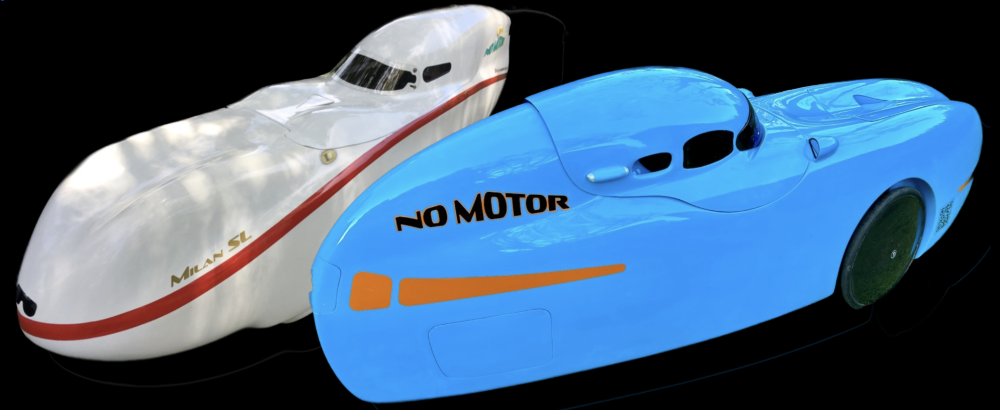The other day, I was messing around with the chain rings on DF 141 when I noticed a long crack in the top surface of the carbon fiber boom. It wasn’t obvious visually, but I could feel it with my finger. I was a bit surprised since I hadn’t detected any movement of the boom while pedaling. Probably a stronger rider would have caused the boom to deflect more. I removed the bottom bracket holder to expose the cracked area of the boom. It appeared that the crack was due to over-tightening the bottom bracket mount clamps. It was about 12″ long.
I emailed Ymte at IntercityBike and purchased a replacement carbon fiber boom. He warned me that swapping out the boom was a lot of work. The old boom was bonded into the DF and I’d have to use a chisel and hammer to remove it. While I was waiting for the new boom to arrive, I decided to see if I could fix the old boom as a learning exercise. I came up with a plan and it seems to have worked so far. Here’s how I went about repairing the crack.
I first found the ends of the crack and ground round holes at the ends to prevent the crack from elongating. I then ground out the crack leaving a beveled groove on the top surface to provide some surface area to add carbon reinforcement.
I also wanted to lay 4 plies of carbon fiber twill on the under side of the top surface. I needed a way to laminate the carbon fiber and hold it in position, fighting gravity. Ideally, I’d also bevel the edges of the groove on the underside, but I couldn’t come up with a solution for that. I came up with a tool to apply the patch. It consists of an aluminum paddle of the correct length and width and an old bicycle inner tube. I covered the paddle with some pvc tape as a mold release. I then saturated the 4 plies onto the paddle forming the patch. After cleaning out the boom with Acetone, I ran the paddle into the boom, positioning the patch under the ground out crack. I slid the deflated inner tube under the paddle with the valve stem still accessible outside of the boom. I then inflated the tube which forced the patch upward to bond to the underside of the top surface of the boom. The pressure of the inflated tube force some resin out of the patch, filling the ground out crack.
While the resin filling the ground out crack was still in the uncured state, I filled the crack with long strands of carbon fiber. On top of the strands, I filled the ground out beveled area with chopped carbon fibers.
When the resin had cured, I deflated the inner tube, removed the paddle tool and ground the exterior patch flush with the top surface of the boom.
I’ve got about 50 miles on the DF since I made the repair and it seems OK. There are no re-appearing or new cracks. Also I can’t feel any flex in the boom so far. I’m hoping that I can leave the new boom on the shelf and live with the repaired boom for a while.




